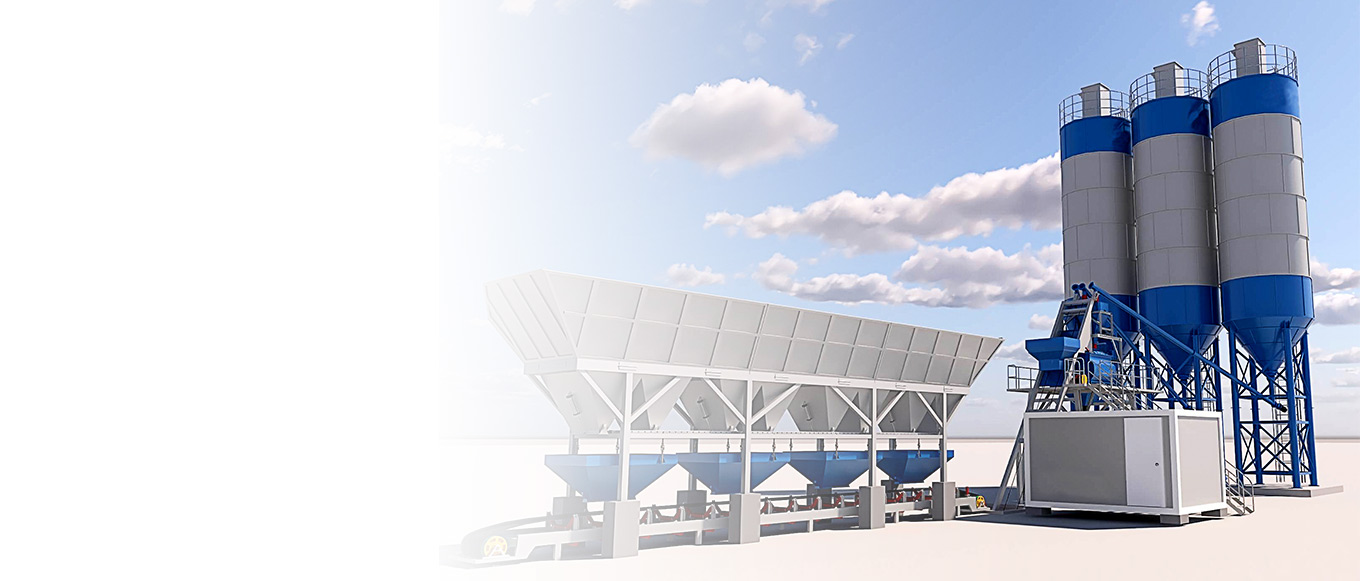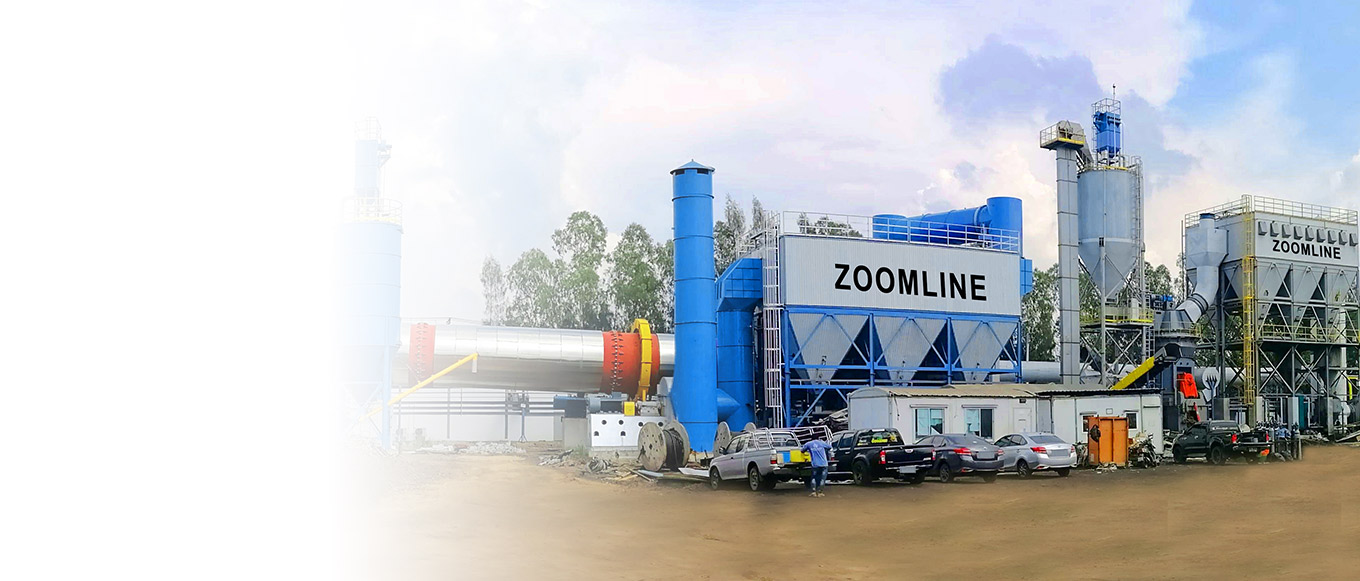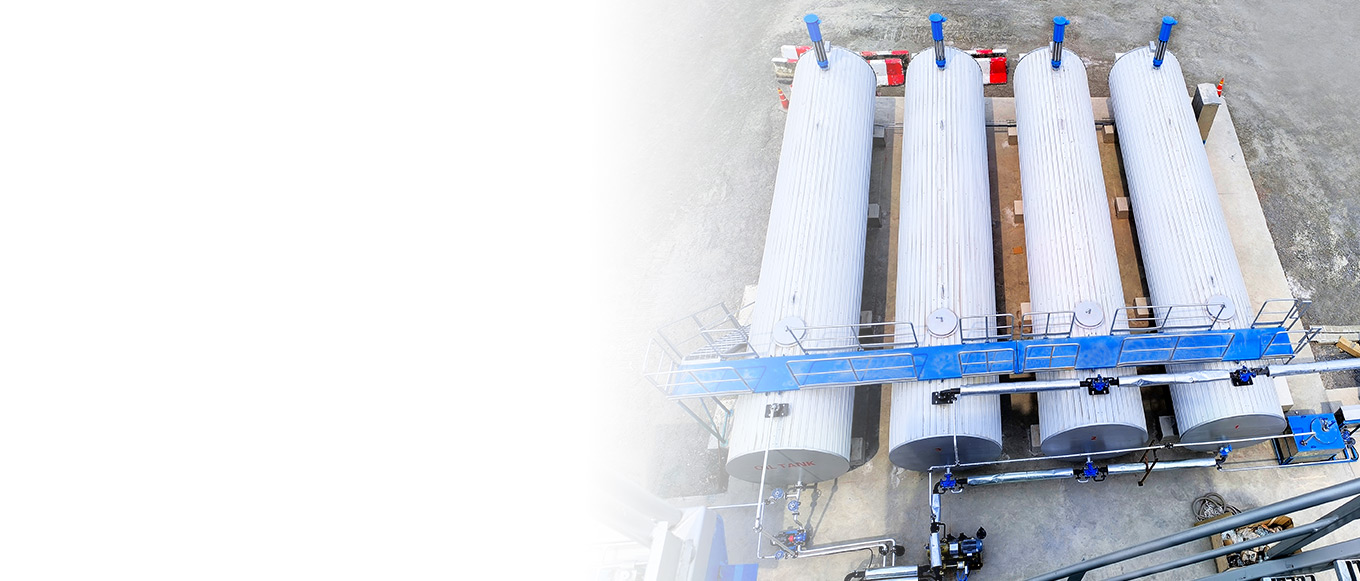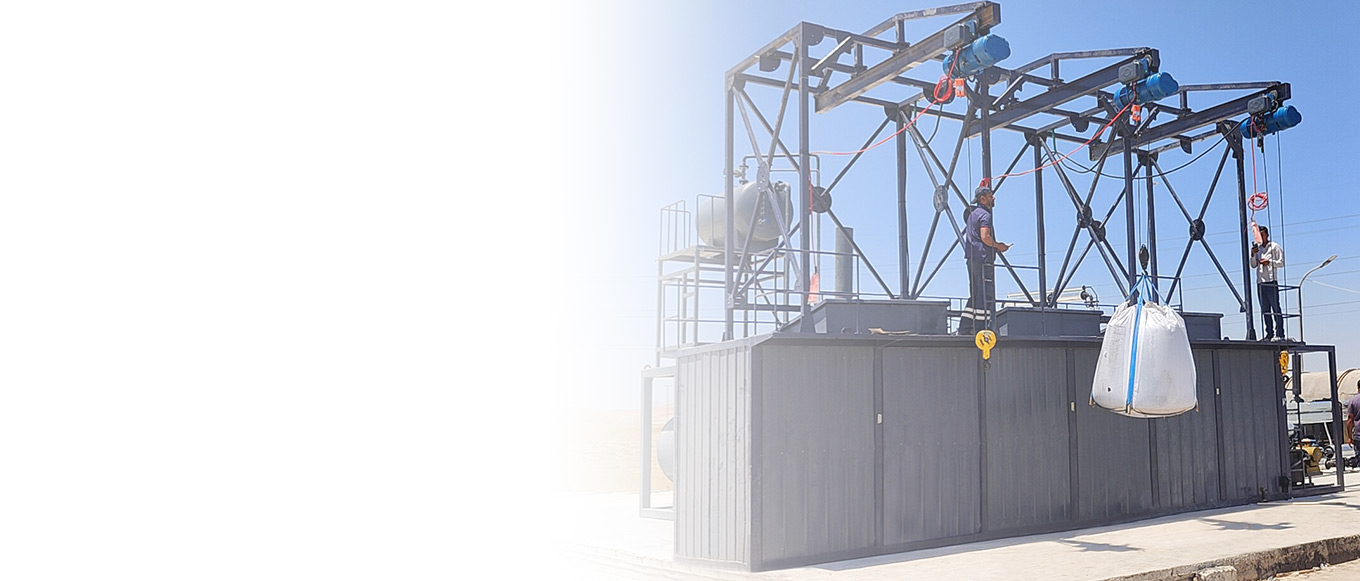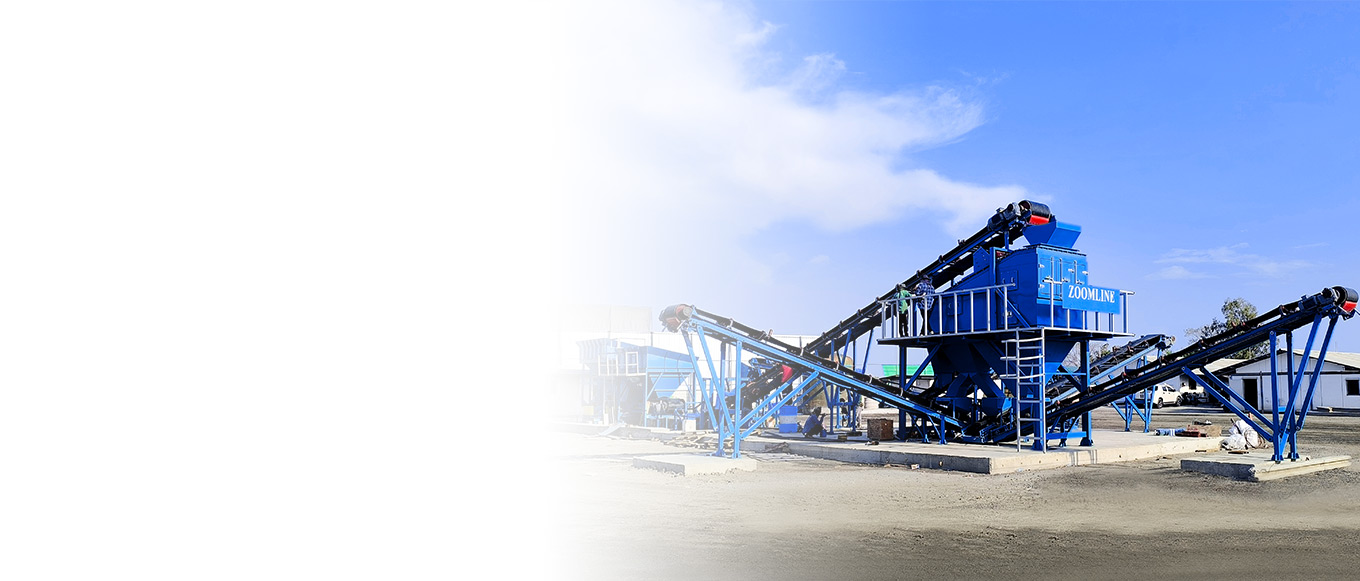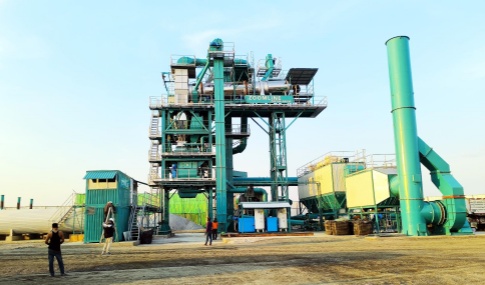In highway construction and maintenance projects, asphalt mixing plants serve as the core production hub, with their operational quality directly determining project progress and cost control. However, asphalt mixing plants inherently feature “high energy consumption, heavy materials, and labor-intensive operations.” Costs associated with fuel consumption, raw material procurement, and equipment maintenance act like “three mountains,” persistently squeezing corporate profit margins. Simultaneously, intensifying market competition and rising engineering quality standards demand ever-greater production efficiency. Thus, achieving dual optimization through “cost reduction” and “efficiency enhancement” is not only the core operational imperative for asphalt mixing plants but also the key to elevating a company’s core competitiveness.
Precision Breakthrough: First Identify the Core Cost Drivers in Asphalt Production
Cost reduction and efficiency improvement require targeted solutions. Only by clearly identifying cost sources can we formulate effective strategies. Asphalt mixing plant expenditures primarily fall into four interconnected categories, where waste in any segment can trigger chain reactions.
Energy Consumption: The Largest Cost Component
Fuel (diesel, natural gas, etc.) and electricity consumption typically account for 30%-40% of total costs, representing the primary expense category. Core processes such as drying drum heating, mixing drum operation, and ventilation/dust removal require substantial energy support. Inefficient combustion or equipment idling directly leads to energy waste.
Raw Materials: The “Core” of Cost Control
Raw materials like asphalt, sand/stone aggregates, and fillers account for over 50% of costs. Their price fluctuations and waste significantly impact total expenses. On one hand, asphalt prices are heavily influenced by international oil prices, and poor procurement timing increases costs. On the other hand, insufficient batching accuracy and excessive mix waste directly cause raw material loss.
Labor and Maintenance: The Overlooked “Hidden Costs”
Shortages of skilled operators and non-standardized workflows can lead to low production efficiency or equipment misoperation. Inadequate equipment maintenance not only increases repair costs but may also trigger shutdown failures, causing greater losses.
Equipment Downtime and Inefficiency: The “Invisible Killer” of Profits
Unexpected equipment failures, unreasonable production schedules causing downtime, and inefficient operation of mixing plants—such as over-sizing equipment for tasks—directly reduce capacity utilization and increase fixed costs per unit of product.
It is worth noting that the key to precise cost control lies in data support. Enterprises need to establish a comprehensive cost tracking system that records data such as energy consumption, raw material usage, and equipment operating time in real time. Through data analysis, wasteful processes can be identified—for example, a sudden increase in fuel consumption during a certain period may be caused by burner malfunction or unreasonable drying temperature settings, providing a basis for subsequent optimization.
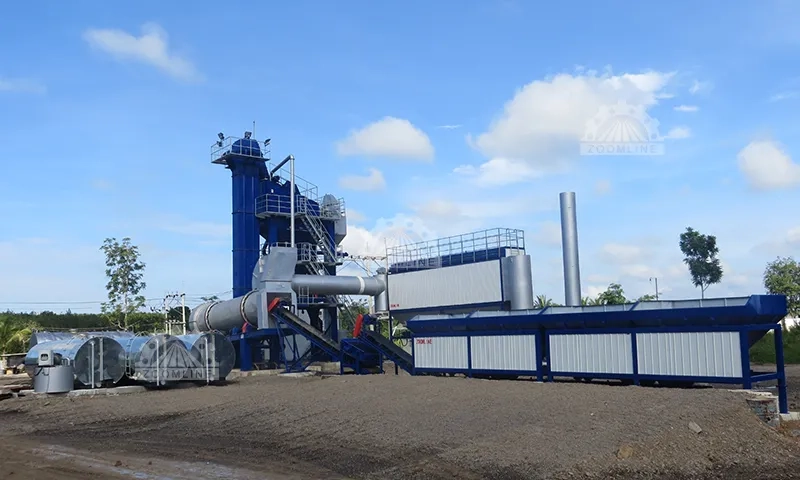
Process Optimization: Reducing Waste at the Source to Boost Production Efficiency
The core process of asphalt mixing involves “material batching, mixing, and discharge.” Optimizing this workflow not only minimizes raw material and energy waste but also directly enhances production efficiency, making it the primary battleground for cost reduction and productivity gains.
Precise Batching: The First Line of Defense Against Raw Material Waste
Raw material waste often originates at the batching stage. Mixing plants must be equipped with high-precision weighing and batching systems to ensure asphalt, aggregate, and filler ratios meet construction specifications, preventing mix scrap due to ratio deviations. Simultaneously, sensors and load cells require regular calibration—especially after switching raw material types or prolonged use. Conducting no-load and load tests ensures measurement accuracy, minimizing losses from over-dosing or mis-dosing.
Strict Temperature and Time Control: The “Key” to Balancing Quality and Energy Consumption
Mixing temperature and duration are core parameters affecting both asphalt mixture quality and energy consumption. Excessive temperatures increase fuel consumption and may accelerate asphalt aging, while insufficient temperatures impair mix workability and cause discharge difficulties. Therefore, drying temperatures must be dynamically adjusted based on asphalt grade and aggregate moisture content. Simultaneously, intelligent control systems should monitor mixing duration to ensure uniform blending while preventing energy waste from over-mixing.
Automation Upgrade: The “Booster” for Process Optimization
Traditional manual operations are susceptible to experience-based variations, leading to fluctuations in process parameters. Introducing automated production control systems enables real-time collection and automatic adjustment of parameters like batching, temperature, and mixing time. This not only reduces human error but also dynamically optimizes energy allocation based on production load. For instance, it automatically reduces the drying drum speed during low-load periods to achieve energy savings.
Energy Revolution: From “Consumption” to “Conservation,” Reducing Energy Costs
Energy costs account for a significant portion of expenses, presenting the greatest potential for optimization. By adjusting the energy mix, recovering waste heat, and optimizing equipment, energy consumption can be effectively reduced, achieving “energy savings equate to cost reductions.”
Optimizing Energy Structure: Selecting More Economical Fuels
Traditional diesel fuel is costly and highly polluting. Depending on regional resources, switching to more economical energy sources like natural gas or liquefied petroleum gas (LPG) not only lowers unit costs but also reduces environmental protection expenditures. In some areas, alternative fuels such as recycled fuel oil or biomass fuels can be explored to further decrease fuel expenses.
Waste Heat Recovery: Repurposing “Discarded Energy”
The exhaust from asphalt mixing plant dryers can exceed 300°C, containing substantial thermal energy. Installing waste heat recovery systems allows this heat to be used for preheating combustion air, warming aggregates, or supplying domestic hot water. Statistics show this reduces fuel consumption by 10%-15%, with equipment investment recouped within a short timeframe.
Minimizing Heat Loss: Mastering Insulation
Inadequate insulation of hot material silos, conveying pipelines, and other equipment leads to heat loss and increased reheating costs. Wrapping these components with high-temperature resistant insulation materials effectively reduces heat dissipation. Additionally, optimizing production schedules to prevent prolonged idle periods in hot silos further minimizes heat waste.
Optimize Combustion Systems: Enhance Energy Efficiency
Burners are core energy-consuming equipment. Regularly cleaning burner nozzles and adjusting air-fuel ratios ensures complete fuel combustion, reduces black smoke and carbon buildup, and improves combustion efficiency. For outdated burners, timely upgrades to low-nitrogen, high-efficiency burners not only lower energy consumption but also meet environmental requirements.
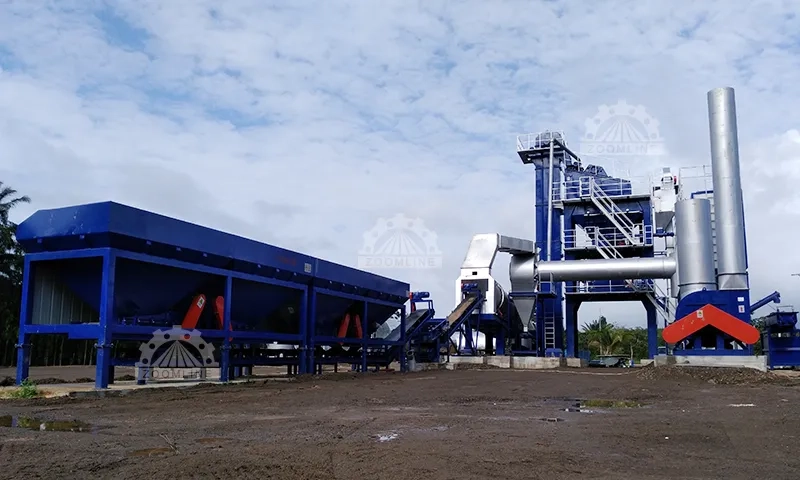
Digital Empowerment: Automation and Digitization Pave New Paths for Efficiency Upgrades
Amid the Industry 4.0 wave, automation and digitization serve as the “core engines” driving efficiency gains in asphalt mixing plants. Intelligent systems enable precise control over the entire production process and remote operation and maintenance, significantly boosting production efficiency and management standards.
Intelligent Control Systems: Achieving “Precision-Controlled” Production
Implementing PLC (Programmable Logic Controller)-based intelligent control systems enables real-time collection of production data (e.g., temperature, flow rate, mix ratios). Algorithmic analysis optimizes production parameters to achieve “on-demand production.” For instance, when aggregate moisture content increases, the system automatically raises drying temperatures, eliminating the lag associated with manual adjustments.
SCADA System: The “Eagle Eye” of Production Monitoring
SCADA (Supervisory Control and Data Acquisition) enables centralized monitoring of all mixing plant equipment operating conditions (temperature, RPM, oil pressure, etc.). Upon detecting parameter anomalies, the system immediately triggers alarms, allowing operators to respond promptly and minimize downtime. A case study shows that after implementing SCADA, equipment fault response time decreased by 40% and production efficiency increased by 12%.
Personnel-Position Alignment: Standardized Management to Unlock Team Efficiency
Even the most advanced equipment relies on human operation. Operators’ skill levels and adherence to operational standards directly impact equipment efficiency and production quality. Through training and standardized management, human resource efficiency can be fully activated, minimizing “human-induced waste.”
Enhanced Skill Training: Building a Team of “Professional Operators”
Conduct regular specialized training on equipment operation, process parameter adjustments, and troubleshooting to familiarize operators with equipment performance and optimization techniques. For example, training operators to “adjust drying time based on aggregate moisture” can reduce energy waste. Simultaneously, implement safety training to prevent equipment damage or accidents caused by operational errors.
Develop SOPs: Achieve “Standardized Operations”
Establish comprehensive Standard Operating Procedures (SOPs) defining operational standards for all stages—from batching and mixing to equipment maintenance. Specific requirements like “daily calibration of weighing sensors before startup” and “cleaning residual materials from mixing drums after shutdown” prevent waste and malfunctions caused by arbitrary practices. Link SOP compliance to performance evaluations to incentivize strict adherence.
Promote Data-Driven Decision-Making: Enhance Scientific Judgment
Cultivate a “data-driven mindset” within the team, enabling both operators and managers to identify issues through production metrics (e.g., energy consumption per unit, raw material loss rate). For instance, compare energy consumption data across different shifts to pinpoint discrepancies, analyze root causes, and subsequently implement optimal operational practices.
Green Transition: A Win-Win for Sustainable Development and Cost Reduction
Green environmental protection is not an “additional cost,” but rather a crucial pathway for asphalt mixing plants to achieve long-term cost reduction and efficiency gains. By adopting green technologies and materials, plants can meet environmental requirements while simultaneously lowering energy and raw material costs.
Promoting Warm-Mix Asphalt Technology: Significantly Reducing Fuel Consumption
Traditional hot-mix asphalt requires heating to 150-180°C, whereas warm-mix asphalt uses additives to lower mixing temperatures by 30-60°C. This approach not only reduces fuel consumption by approximately 30% but also slows asphalt aging, improves mixture quality, and decreases exhaust emissions.
Utilizing Recycled Materials: Reducing Raw Material Costs
Recycled asphalt pavement (RAP) and recycled asphalt mixture (RAS) can replace new aggregates and asphalt in production. Calculations show that incorporating 30% RAP reduces raw material costs by 15%-20%. Currently, mainstream mixing plants possess recycled material processing capabilities. By rationally designing recycled material proportions, a win-win outcome of “environmental protection and economic efficiency” can be achieved.
Reducing Emissions: Lowering Environmental Protection Costs
Upgrading dust removal equipment (e.g., adopting baghouse dust collectors) and using low-NOx burners to reduce dust and NOx emissions not only avoids environmental fines but also lowers the cost of environmental retrofits. Simultaneously, utilizing clean energy further reduces environmental protection expenditures.

Conclusion: Cost Reduction and Efficiency Enhancement Begin with Details and Succeed Through Persistence
Cost reduction and efficiency enhancement in asphalt mixing plants are not achieved through isolated breakthroughs but represent a systematic endeavor encompassing “process optimization, energy conservation, digital empowerment, team management, and green transformation.” From precision control of batching accuracy to reduce raw material waste, to lowering energy consumption through waste heat recovery; from introducing SCADA systems to enhance equipment efficiency, to building professional teams through training; from promoting warm-mix technology to utilizing recycled materials—optimizing each link can deliver substantial cost savings and efficiency gains for enterprises.
Cost reduction and efficiency enhancement are inherently interdependent—improved efficiency lowers unit costs, while cost control provides funding for technological upgrades and equipment retrofits. For asphalt mixing plant operators, the immediate priority is to assess current production realities, identify core areas of cost inefficiency and efficiency bottlenecks, and implement easily executable, quick-impact optimization measures (such as equipment calibration and SOP development) first. Long-term upgrades like automation and digitalization should follow gradually. Only by adhering to the principle of “continuous improvement” can operators achieve profit growth and enhanced competitiveness in intense market competition, thereby providing robust support for the high-quality development of highway construction.


